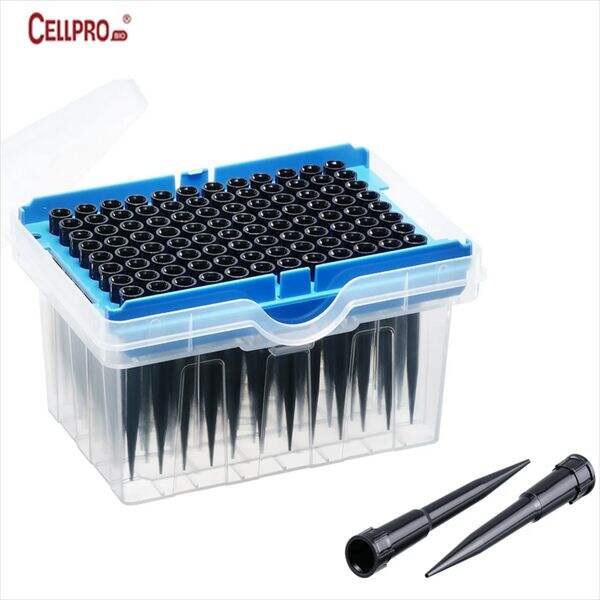Electronic pipette tips are the most advanced silicone cups for measuring liquids in a laboratory. They operate in the same way as often-used traditional pipette tips, but electronic tips have some additional unique features that make them special. For example, these tips have sensors integrated within them. These types of sensors can determine the amount of fluid being drawn or dispensed and help scientists improve their measurements. When scientists use these features, they can be surer of getting the right quantities every time.
Or, another great thing about electronic pipette controller is that they are programable. That means scientists can program them to leak the same amount of liquid every time. A scientist and knowing the exact amount of what they will be getting helps build their confidence in their experiment leading to results that they can rely on for trust. This accuracy is extremely important in science, as a small variation can lead to vastly different experimental outcomes.
Next, the sensor inside the electronic pipette tip is a critical component. It can detect precisely the amount of liquid being drawn into the tip. Once the desired amount of liquid is detected, a signal to stop sucking up the liquid is sent from the sensor to the pipette. To avoid any over or mismeasurement. When the scientist is ready to dispense liquid from the device, an electronic pipette tip controls how many milliliters gets deposited. That means every time scientists can do exactly the same thing again.
And worldwide, the idea of electronic pipette tips is growing more and more popular in labs. The reason for this is simple: They make experiments more accurate and efficient. Scientists have to be extra mindful with traditional pipette tips that they measure the same amount of liquid every time. This can get tricky and takes intense concentration. Nevertheless, as electronic pipette tips provide far more uniform measurements than manual ones, results in experiments based on them are much more reliable.

Not only do electronic pipette tips provide accuracy, but they also save an enormous amount of time and the potential for making mistakes. Technicians no longer have to measure out every single quantity of a liquid manually. This is instead taken care of automatically by the electronic pipette tip, allowing a technician to focus on any other significant areas of the experiment. This can actually make a difference in the way lab work is being progressed and get really more efficient.

Scientists struve to ensure that their experiments are accurate and can be done again with the same result. Reproducibility, however, means if another scientist were to run the same experiment they should arrive at the same results. This is important to make sure that the results are valid and that they can be trusted.

To say these were not the most productive years in the laboratory for scientists using electronic pipette tips would be an understatement. These suggestions will save you time and reduce the risk of errors. In addition, electronic pipette tips can be programmed to automatically execute specific functions so the technicians can devote their time to other areas of the studies. This frees the tactile tips to handle some of the work and can significantly speed up the entire process.
Importing high-quality raw materials using advanced equipment ensure stability electronic pipette tips. CellPro offers 100+ completely automated production lines, FANUC, ARBURG, ENGEL, TOYO other brand imported injection machinery ensure production capacity and quality.
products have been verified according ISO9001, ISO14001, ISO13485 electronic pipette tipsmanagement systems CE and FDA standards.
laboratory a professional one lab, cell culture laboratory microbiology laboratory, robotic tips electronic pipette tipslaboratory etc., which can carry out one-stop biological performance testing, as wellintegrated research and development consumables, reagents instruments.
High-precision molding R D center able to electronic pipette tipscomplete entire process creation of products, mold design manufacturing, high-precision processing molding plastic, process modifications, biological verification scale production, and more.